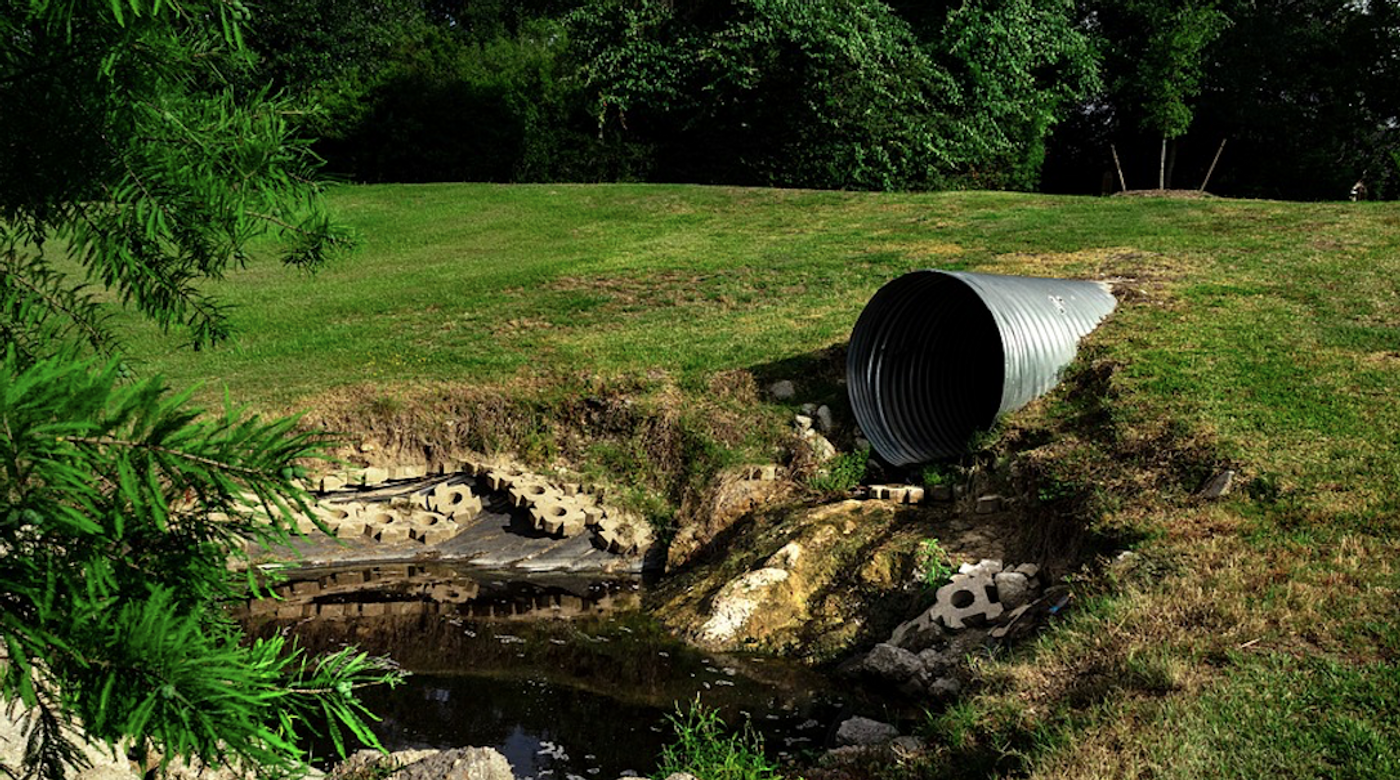Where is all the Methane in Our Atmosphere Coming From?
Methane (CH4) is a potent greenhouse gas. Although it is short-lived compared to carbon dioxide (methane stays in the atmosphere for about seven to ten years, while carbon dioxide can remain for over hundreds of years), one molecule of methane can trap far more heat than one molecule of carbon dioxide. In the past 200 years, the concentration of atmospheric methane has more than doubled, and that methane is thought to be to blame for 20 to 30 percent of climate change since the Industrial Revolution.
There are many sources of methane, which has sometimes confounded efforts to reduce methane emissions. We know that there are natural sources of methane, such as wetlands, but there are also many human sources of methane from agriculture, trash disposal, and burning fossil fuels. For years, researchers have been trying to get a solid understanding of where all the methane in our atmosphere is coming from, and there have sometimes been conflicting explanations. There are also places on the planet that can absorb atmospheric methane, known as methane sinks, and the levels of atmospheric methane fluctuate throughout the year.
Some estimates have suggested that wetlands like ponds, lakes, and rivers account for about 30 percent of atmospheric methane. A new study reported in Nature has indicated that methane emissions from those wetlands is increasing.
This change does not appear to be a natural one. Humans have drastically altered freshwater ecosystems around the world in both rural and urban areas. The changes that people are making also seem to be increasing the amount of methane produced by these wetlands, said study author Gerard Rocher, a postdoctoral researcher at several institutions.
For example, streams that run through agricultural fields and into canals, rivers that are adjacent to wastewater treatment facilities, and storm drains in cities can all move organic matter into waterways. This promotes a reduction in oxygen in those waters, and boosts methane production.
The researchers also expected to find high methane emission levels around the tropics, because the natural production of methane is thought to be significantly affected by temperature. However, they determined that tropical methane emissions are comparable to emission levels seen in the streams and rivers of cold boreal forests in the Northern Hemisphere, including the Arctic.
The study has indicated that it is not temperature, but instead is the habitat they are surrounded by, which is the most significant influence on methane emissions from wetlands, said study co-author Emily Stanley, a professor at the University of Wisconsin - Madison.
The study authors noted, however, that we can use this information. It may be possible to reduce methane emissions and mitigate some of the harmful impacts of climate change faster if we work to conserve and restore freshwater habitats.
Sources: University of Wisconsin–Madison, NASA, Nature









